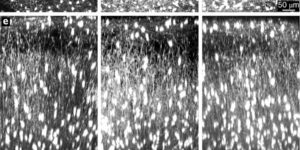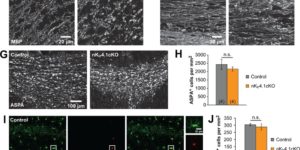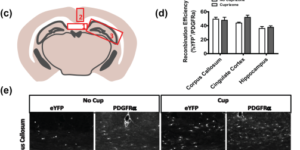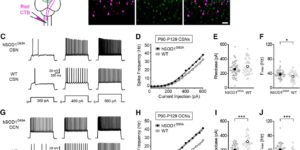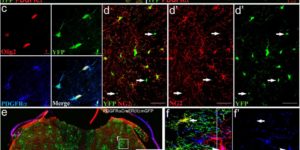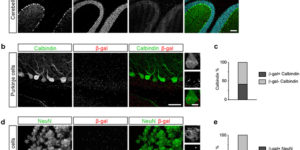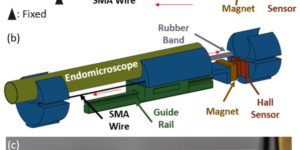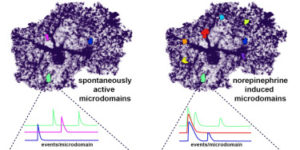Hair Cell Mechanotransduction Regulates Spontaneous Activity and Spiral Ganglion Subtype Specification in the Auditory System
Type I spiral ganglion neurons (SGNs) transmit sound information from cochlear hair cells to the CNS. Using transcriptome analysis of thousands of single neurons, we demonstrate that murine type I SGNs consist of subclasses that are defined by the expression of subsets of transcription factors, cell adhesion molecules, ion channels, and neurotransmitter receptors. Subtype specification is initiated prior to the onset of hearing during the time period when auditory circuits mature. Gene mutations linked to deafness that disrupt hair cell mechanotransduction or glutamatergic signaling perturb the firing behavior of SGNs prior to hearing onset and disrupt SGN subtype specification. We thus conclude that an intact hair cell mechanotransduction machinery is critical during the pre-hearing period to regulate the firing behavior of SGNs and their segregation into subtypes. Because deafness is frequently caused by defects in hair cells, our findings have significant ramifications for the etiology of hearing loss and its treatment.

